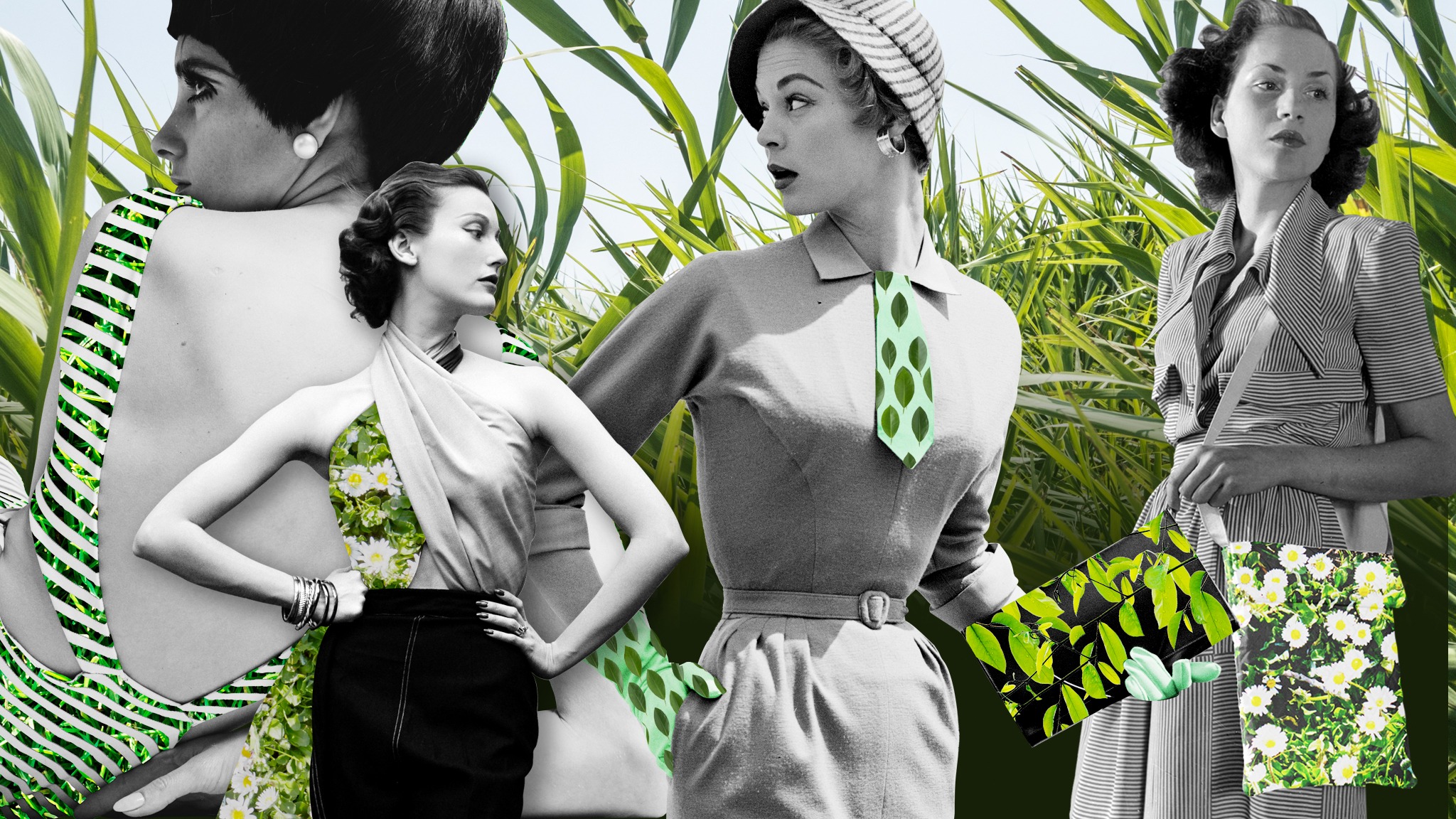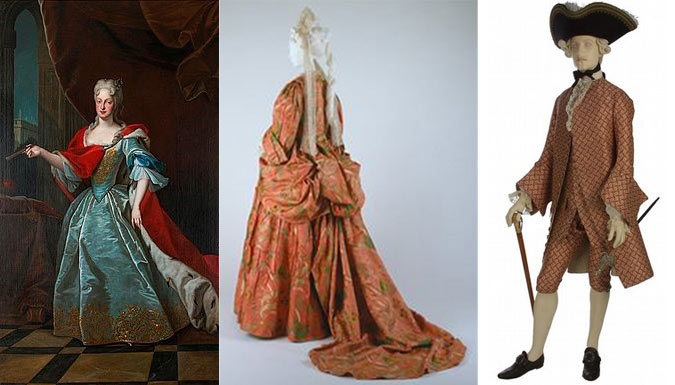Sustainable Fashion Movements and Ethical Considerations

In the Modern Renaissance of fashion, where creativity intertwines with consciousness, a profound shift has taken place. The narrative of fashion is no longer solely about aesthetics and trends, but also about sustainability and ethical considerations. This evolution has given rise to a dynamic movement that champions both style and responsibility, transforming the way we perceive, produce, and consume clothing.
The Contemporary European Fashion Trends
Amidst the bustling streets of contemporary Europe, a fascinating tapestry of fashion trends is being woven, reflecting a fusion of vintage elements and global influences. Designers are crafting narratives that draw inspiration from the past while seamlessly integrating a global perspective. This harmonious blend of old and new, local and global, gives birth to a unique aesthetic that resonates with a diverse and interconnected world.
From Paris to Milan, the runways are adorned with ensembles that pay homage to the elegance of yesteryears while embracing the innovations of today. This fusion is a nod to the cyclical nature of fashion, where styles are reinvented, reimagined, and reinvigorated for a new generation.
Sustainable Fashion: A Paradigm Shift
The heart of the sustainable fashion movement beats with a promise of a better tomorrow. It is a response to the environmental and social challenges that have arisen as a result of conventional fashion practices. The movement advocates for a paradigm shift in the industry, challenging the status quo and paving the way for a more responsible approach.
Sustainability in fashion encompasses a range of practices, from eco-friendly materials to ethical labor practices. It’s about embracing longevity over disposability, quality over quantity. Designers are delving into innovative textiles, experimenting with organic and recycled fabrics that reduce the carbon footprint of the fashion supply chain. This shift towards sustainable materials not only minimizes waste but also fosters a renewed appreciation for craftsmanship and durability.
Ethical Considerations: People First
As the spotlight shines on the fashion industry’s global footprint, the welfare of those who create the garments takes center stage. Ethical considerations call for fair treatment of workers and an end to exploitative practices. The movement advocates for transparency, demanding that brands and manufacturers be accountable for the conditions in which their products are made.
In an industry that has sometimes turned a blind eye to labor rights, ethical fashion champions the rights of the people who craft our clothing. It emphasizes safe working conditions, fair wages, and empowerment of workers. This focus on people-first fashion is an essential pillar of the sustainable fashion movement, ensuring that every stitch tells a story of dignity and respect.
Circular Fashion: Rethinking Consumption
One of the most potent strategies in the sustainable fashion arsenal is circular fashion, a concept that challenges the linear model of “take, make, dispose.” Circular fashion envisions a cycle where garments are designed, produced, and disposed of in a way that minimizes waste and maximizes their lifespan.
Repair, reuse, and recycle are the cornerstones of circular fashion. Brands are pioneering initiatives to collect and recycle old garments, transforming them into new creations. Consumers are encouraged to mend and revitalize their clothing, embracing a mentality of cherishing what they already own rather than constantly seeking new additions. Circular fashion is not only environmentally conscious but also promotes a sense of connection to the items we wear.
Innovative Technologies: Fashion Meets Science
The intersection of fashion and technology has given birth to innovative solutions that are reshaping the industry’s landscape. From sustainable dyeing techniques that minimize water usage to 3D knitting that produces garments with minimal waste, science is breathing new life into fashion.
Biotechnology is also making its mark, offering alternatives to traditional materials. Lab-grown leather, for instance, presents a cruelty-free and environmentally friendly alternative to animal-derived leather. These technologies offer a glimpse into a future where fashion seamlessly integrates with science to create a more sustainable and responsible industry.
Consumer Empowerment: A Conscious Choice
At the heart of the sustainable fashion movement is the empowered consumer. As individuals become more conscious of the impact of their choices, they are wielding their purchasing power to drive change. Consumers are demanding transparency, asking where their garments come from and how they are made.
This wave of consumer consciousness has prompted brands to reevaluate their practices and make strides towards sustainability. It’s a testament to the transformative potential of an informed and engaged consumer base.
Conclusion: Weaving a Better Future
In the midst of the Modern Renaissance, the contemporary European fashion landscape is a canvas where sustainability and style converge. The fusion of vintage elements and global influences paints a picture of a world where fashion is a vehicle for self-expression and positive change.
The sustainable fashion movement, with its ethical considerations, circular strategies, and innovative technologies, is weaving a better future for the industry. It’s a future where every garment tells a story of conscientious creation, where style and substance coalesce to create a harmonious narrative of responsibility and beauty.
As we navigate this new era of fashion, one thing is clear: the threads of sustainability and ethics are intricately intertwined, guiding us towards a more conscious and compassionate relationship with the clothing we wear. This is the legacy of the sustainable fashion movement—a movement that is not just about looking good, but about feeling good and doing good, one stitch at a time.


